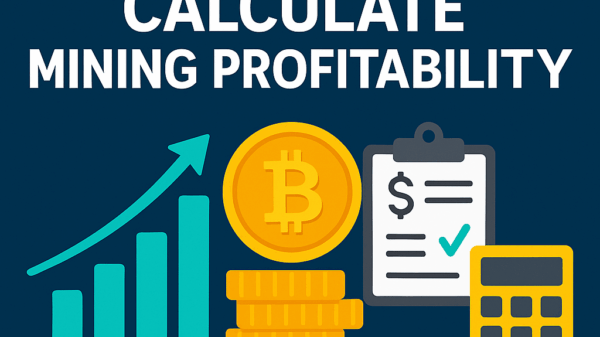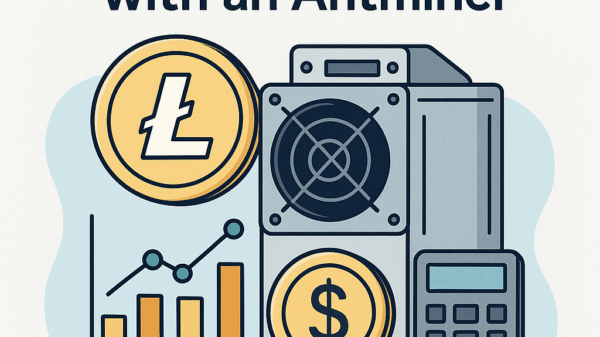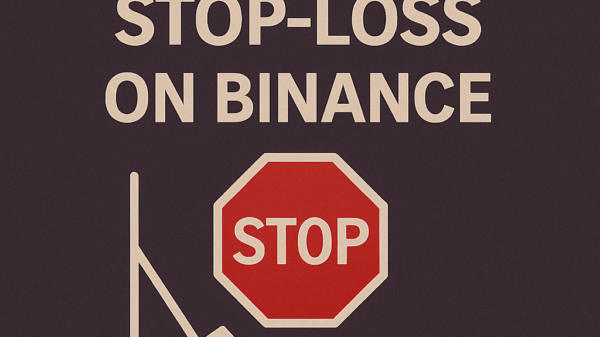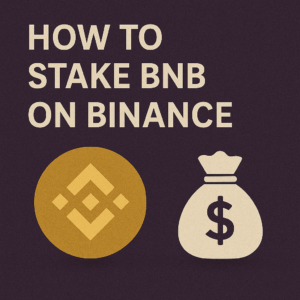How to Start Crypto Trading for Beginners
By Jason Miller – Crypto Writer 10.expert 🧠 Covering Bitcoin, altcoins, blockchain & Web3.
As a crypto writer and analyst, I’ve witnessed the exhilarating highs and challenging lows of the crypto market. The idea of “trading” can sound intimidating, conjuring images of complex charts and high-stakes decisions. However, with the right foundation and a disciplined approach, anyone can begin to navigate the crypto trading landscape. It’s not about getting rich overnight, but about understanding the market, managing risk, and making informed decisions.
Let’s break down how you, as a beginner, can confidently step into the world of crypto trading.
How to Start Crypto Trading for Beginners: Your First Steps in the Digital Market 🚀
Crypto trading involves buying and selling cryptocurrencies to profit from price fluctuations. It requires a blend of knowledge, strategy, and emotional control.
Understand the Basics: What is Crypto? What is Blockchain? 📚
Before you even think about trading, grasp the foundational concepts. What is a cryptocurrency? How does blockchain technology work? Understanding the underlying technology and purpose of digital assets will help you make more informed trading decisions, rather than just speculating on price.
Choose a Reputable Cryptocurrency Exchange 🏦

Your exchange is your trading hub. For beginners, prioritize user-friendliness, strong security features (like 2FA and cold storage), and a good selection of major cryptocurrencies. Popular beginner-friendly exchanges include Coinbase, Kraken, and Binance (check local regulations for availability).
Set Up and Secure Your Exchange Account 🔐
Once you’ve chosen an exchange, create an account. This typically involves providing personal information (KYC verification) and linking a bank account or debit card for deposits. Crucially, enable Two-Factor Authentication (2FA) immediately. This adds an essential layer of security to your account.
Start Small: Never Invest More Than You Can Afford to Lose ⚠️
This is the golden rule of crypto. The market is highly volatile. Start with a small amount of capital you are comfortable losing. This allows you to learn without undue financial stress.
Learn Basic Order Types: Market vs. Limit Orders 📈
These are your fundamental tools:
* Market Order: An order to buy or sell immediately at the best available current market price. Good for quick execution.
* Limit Order: An order to buy or sell at a specific price or better. This allows you to set your desired entry or exit points and is crucial for strategic trading.
Understand Market Volatility: The Nature of Crypto 🎢
Cryptocurrencies are known for their rapid and sometimes unpredictable price swings. This volatility presents opportunities for profit but also significant risks. Don’t be surprised by large percentage changes in a short period.
Develop a Simple Trading Strategy (or Investment Strategy) 🗺️
Don’t just jump in. Even as a beginner, have a plan:
* HODLing (Long-Term Investing): Buying and holding cryptocurrencies for months or years, expecting long-term growth. Often recommended for beginners due to less stress.
* Dollar-Cost Averaging (DCA): Investing a fixed amount of money at regular intervals (e.g., $50 every week), regardless of the price. This reduces the impact of volatility and removes emotional decision-making.
* Swing Trading: Aiming to profit from short-to-medium term price swings (days to weeks). More active than HODLing but less intense than day trading.
Risk Management: Your Shield Against Losses 🛡️
This is paramount.
* Position Sizing: Determine how much of your capital to allocate to each trade (e.g., never risk more than 1-2% of your total portfolio on a single trade).
* Stop-Loss Orders: An automated order to sell a cryptocurrency if its price drops to a certain level, limiting your potential losses. Learn how to use these!
* Diversification: Don’t put all your eggs in one basket. Invest across different cryptocurrencies to spread risk.
Fundamental Analysis: What’s the Project About? 🧐
Beyond price charts, understand the fundamentals of the crypto you’re trading.
* What problem does it solve?
* Who is the team behind it?
* What is its market cap and supply?
* What are its partnerships and adoption?
This helps you assess its long-term potential.
Basic Technical Analysis: Reading the Charts 📊
While complex TA can be overwhelming, learn the basics:
* Candlestick Charts: Understand how to read basic price action.
* Support and Resistance: Identify price levels where an asset tends to stop falling or rising.
* Trends: Recognize uptrends, downtrends, and sideways trends.
Many exchanges offer simple charting tools.
Don’t Trade Emotionally: Avoid FOMO and FUD 🧘♀️
Fear of Missing Out (FOMO) and Fear, Uncertainty, and Doubt (FUD) are powerful drivers in crypto. Avoid impulsive decisions based on hype or panic. Stick to your plan.
Keep Up with News and Regulations 📰
The crypto space is dynamic. Stay informed about major news, technological developments, and regulatory changes, as these can significantly impact market prices. Follow reputable crypto news sources.
Consider a Secure Wallet for Long-Term Holdings 👛
While exchanges are convenient for trading, for long-term storage of significant amounts, consider moving your crypto to a self-custody wallet (like a hardware wallet for cold storage). “Not your keys, not your crypto.”
Track Your Trades and Performance 📝
Keep a trading journal. Record your trades, the reasons behind them, and the outcomes. This helps you learn from your successes and mistakes.
Be Aware of Scams and Phishing Attempts 🚫
The crypto space is rife with scammers. Be extremely vigilant. Never share your private keys or seed phrase. Double-check URLs for official sites. If an offer seems too good to be true, it almost certainly is.
Starting crypto trading as a beginner is a journey of continuous learning. By taking a measured, informed, and risk-aware approach, you can build a solid foundation and potentially navigate this exciting market successfully. Remember, patience and discipline are your most valuable assets.








